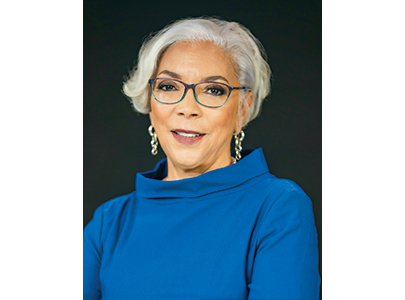Don’t rely on advisories to be first with the news; engage in social media
Jim Pumarlo
Dec 1, 2021


Media advisories regularly cross editors’ desks with notice of newsworthy events. Examples: an individual launches a bid for elective office. Citizen groups organize to both support and challenge a city’s proposed garbage ordinance. A nonprofit organization announces a new initiative in the aftermath of racial violence.
Editors dutifully mark their calendars and assign reporters to attend.
Coverage of the event itself should be your second step. If you wait to be spoon fed, you’ll likely be embarrassingly late with delivering the news to readers. You must strive to be first if you want to remain relevant in today’s fractured media landscape.
Notices of media events often are accompanied with an embargo. In reality, announcements of any significance are news the moment the advisories or press releases are distributed.
Social media today has changed the entire dynamics of how information is delivered and spread. Announcements are disseminated immediately by emails, tweets, Facebook postings, Instagram and other channels. The news arrives in newsrooms at the same time it reaches hundreds or thousands of others.
The ease and spread of information today prompt two directives for newsrooms.
First, monitor social media regularly. All newsrooms should set aside time to identify and share the social media platforms most relevant to and visible in a community. Find local bloggers, tweeters and other influencers on Facebook, Instagram and other social media avenues. Follow them and track what’s on their minds.
Social media networks of many organizations should be on any newsroom’s list to monitor — for example, local government bodies, self-organized community groups, civic clubs, chambers of commerce. Identify the channels of specific individuals associated with these groups, as well. Brainstorm with your staffs, and you’ll readily come up with a roster.
Then establish a process for who will follow which sites and how information will be shared among staff. You’ll likely generate a lengthy list of stories from spot news to features.
Second, use your staff to go beyond what’s circulating on social media. Begin by separating the wheat from the chaff. Discard the misinformation and diatribe; concentrate on the news and dialogue relevant to readers.
Next step, use your journalistic expertise to broaden the coverage and conversation. The specific social media channel is likely presenting a single viewpoint on an issue. That’s, after all, the intent. Editors and reporters should dig beneath the basics of any story and seek all perspectives. The more voices in a story, the more balanced the report.
Seeking and incorporating the many varied — yet pertinent — voices in a story is not always easy. It can take time and hard work — and it produces solid journalism that benefits the newspaper and readers alike.
The ongoing impact of the coronavirus pandemic has unfortunately altered many newsroom operations and hindered information gathering. Many meetings are still virtual attendance only. News sources often prefer to correspond by email only. Diminished resources mean fewer reporters to circulate in the community and connect with everyday readers.
That does not mean an end to community engagement. The digital world presents the opportunity to bring the community to you at any time and any place.
Jim Pumarlo is former editor of the Red Wing (Minnesota) Republican Eagle. He writes, speaks and provides training on community newsroom success strategies. He is author of “Journalism Primer: A Guide to Community News Coverage,” “Votes and Quotes: A Guide to Outstanding Election Coverage” and “Bad News and Good Judgment: A Guide to Reporting on Sensitive Issues in Small-Town Newspapers.” He can be reached at www.pumarlo.com and welcomes comments and questions at jim@pumarlo.com.










